I have the a list of images (each of these image is a separate file), let's say they are some jigsaw puzzle pieces and, for each of them, I know it's position (x,y) and rotation in the complete puzzle.
How can I show the complete puzzle by stitching each of these pieces together in a single image (given that i know where to put each of them)?
I don't know if this is important but the pieces are not of regular shape (e.g. they are not squares), and they are all of different sizes
EDIT:
For the moments it seems to be working without the rotation but there is another problem, the pieces seems to not have a transparent background but rather a black one. I have loaded them with opencv2 in the following way:
import glob
folder = './img/2/frag_eroded/'
frags = []
files = glob.glob(folder+"/*.png")
for file in files:
image = cv2.imread(file, cv2.IMREAD_UNCHANGED)
image = cv2.cvtColor(image, cv2.COLOR_BGRA2RGBA)
frags.append(image)
Example of resulting image, you can kinda see the the squares around each piece and see how the pieces overlap with their "background" that should be transparent rather then black
